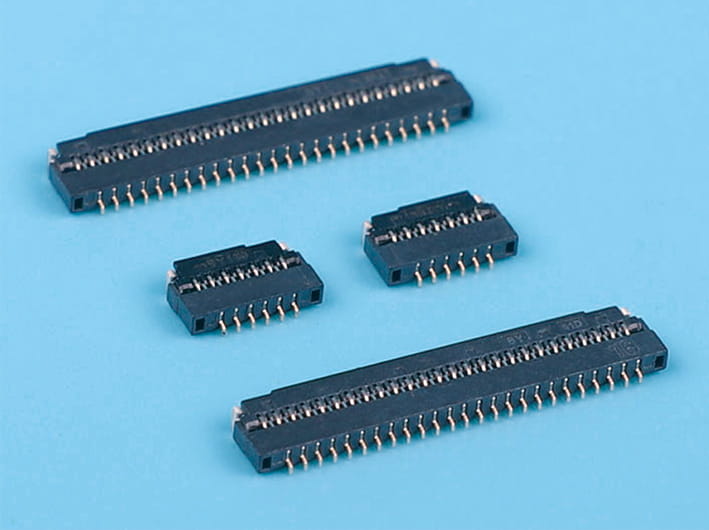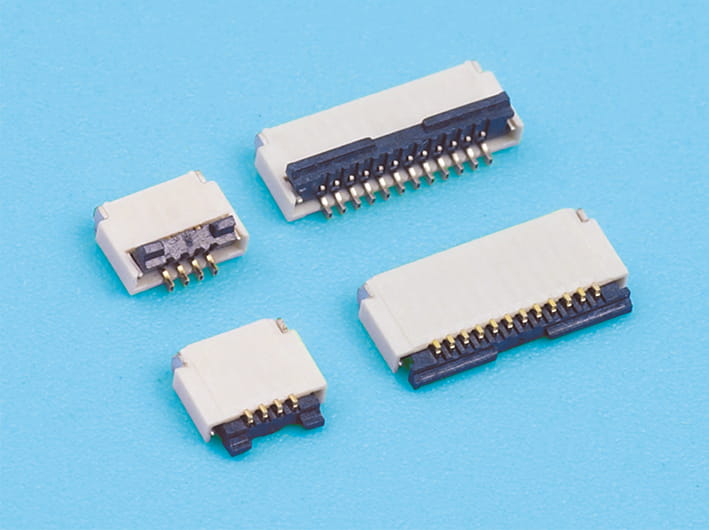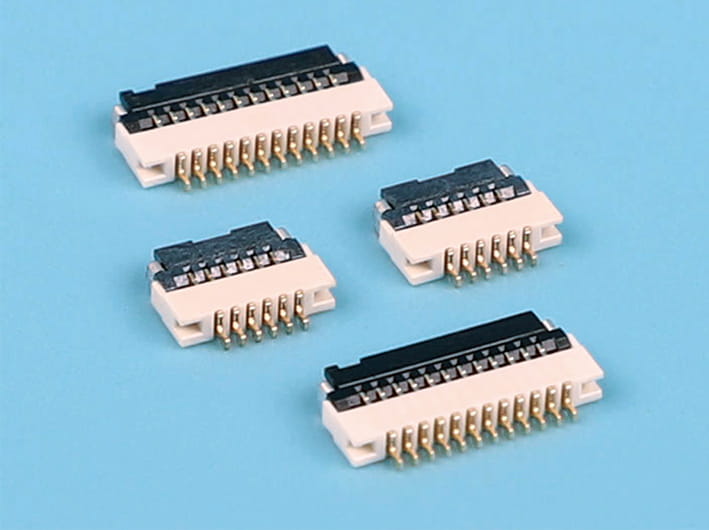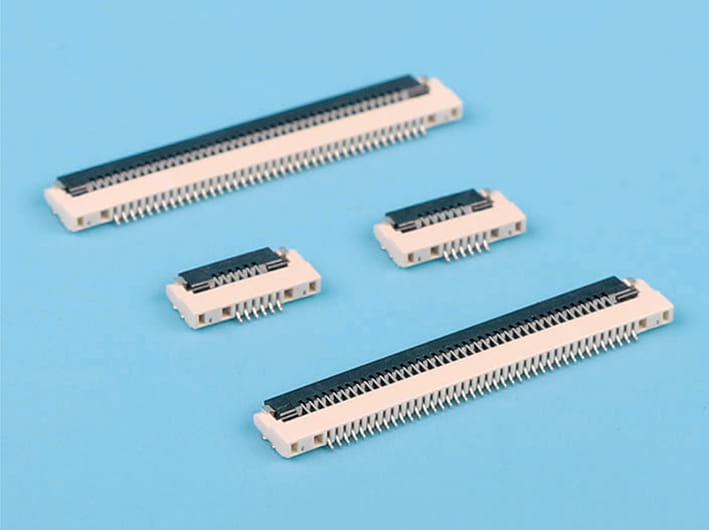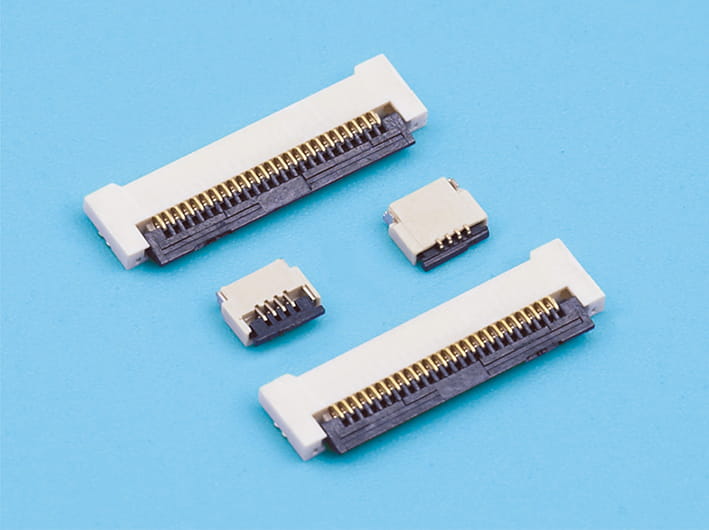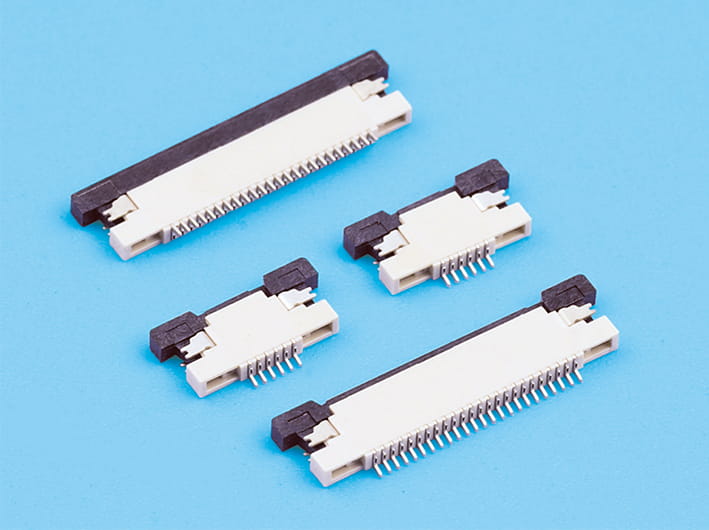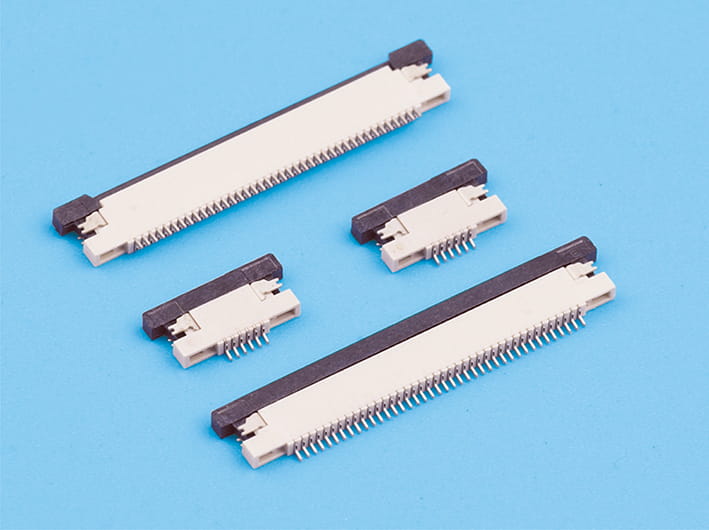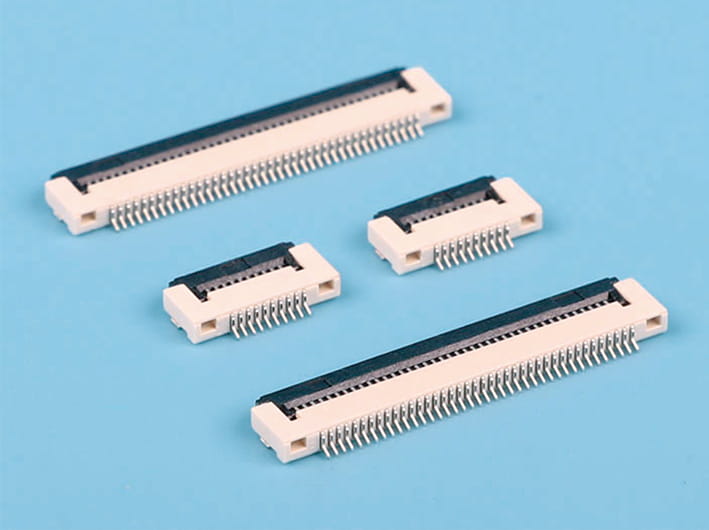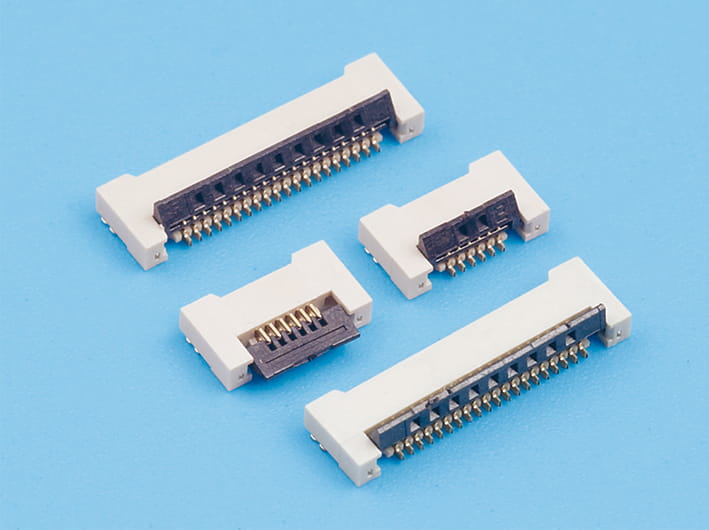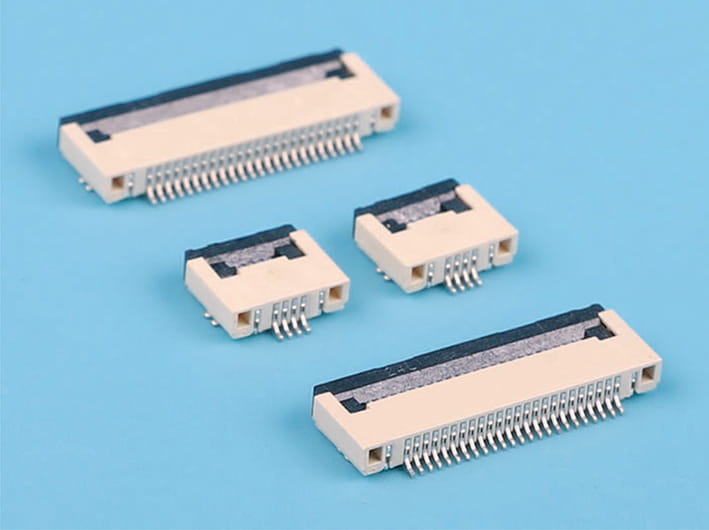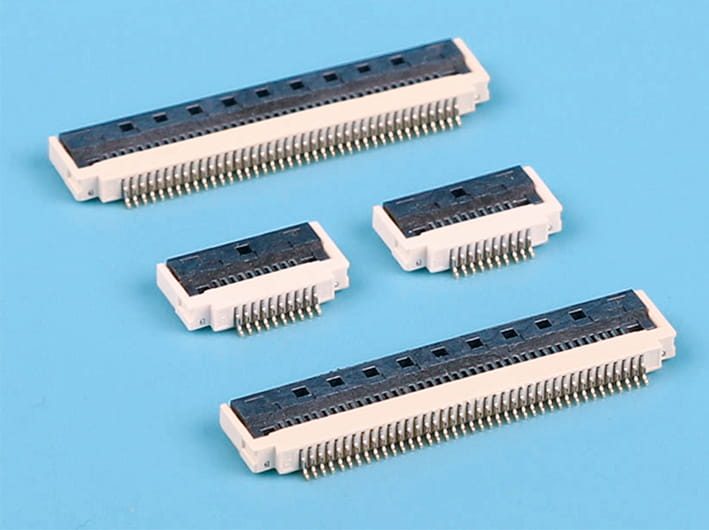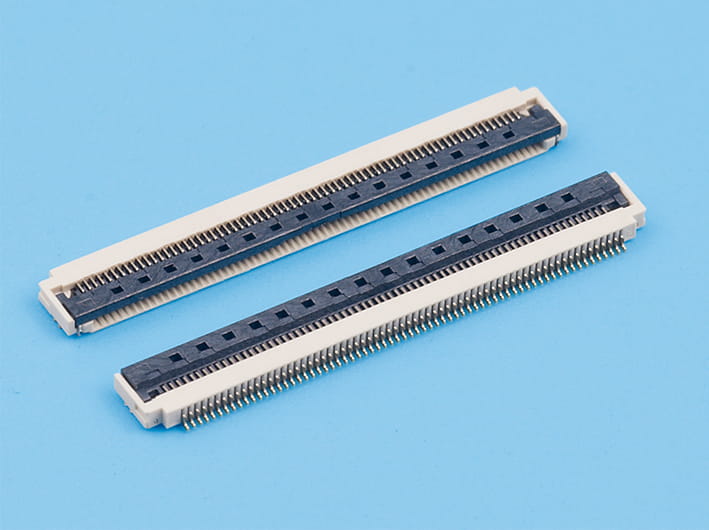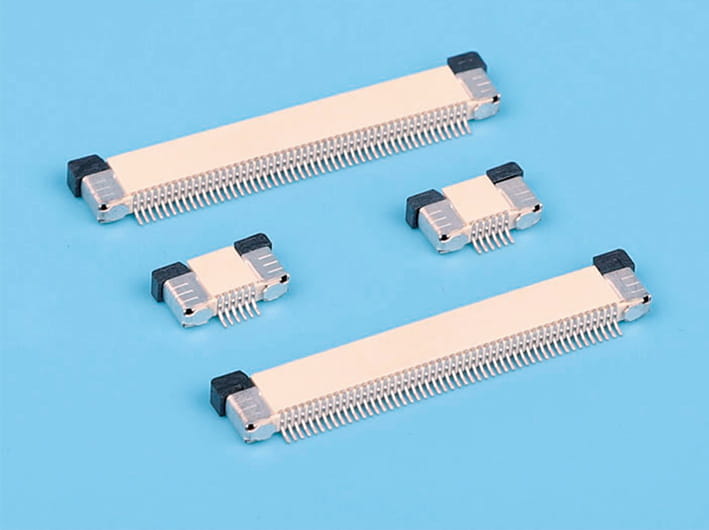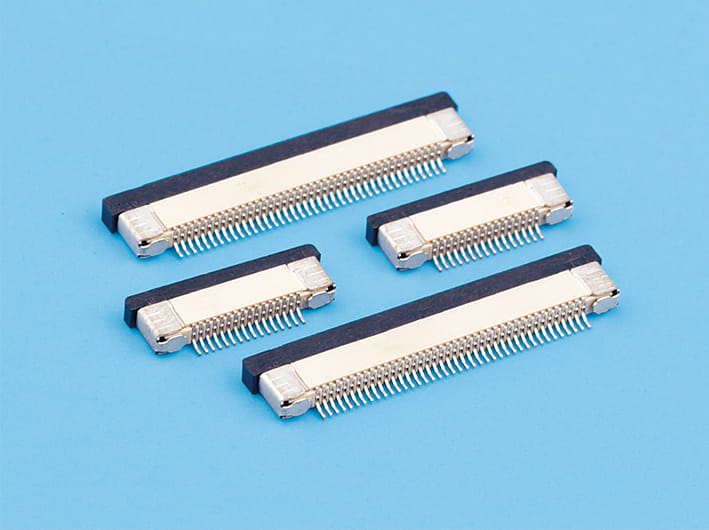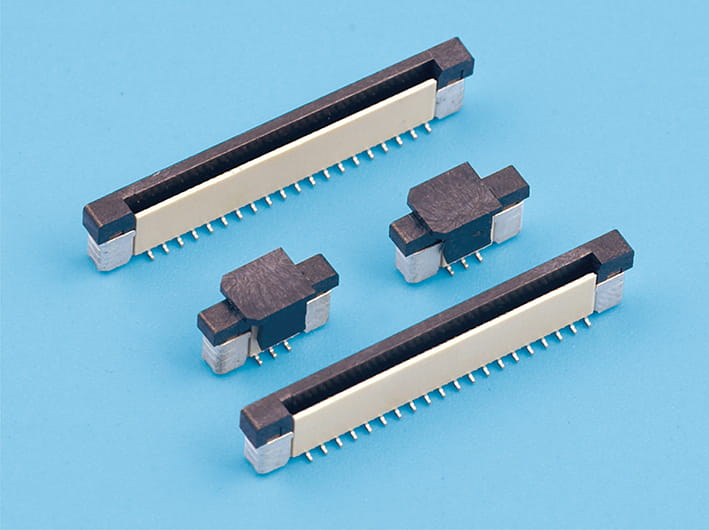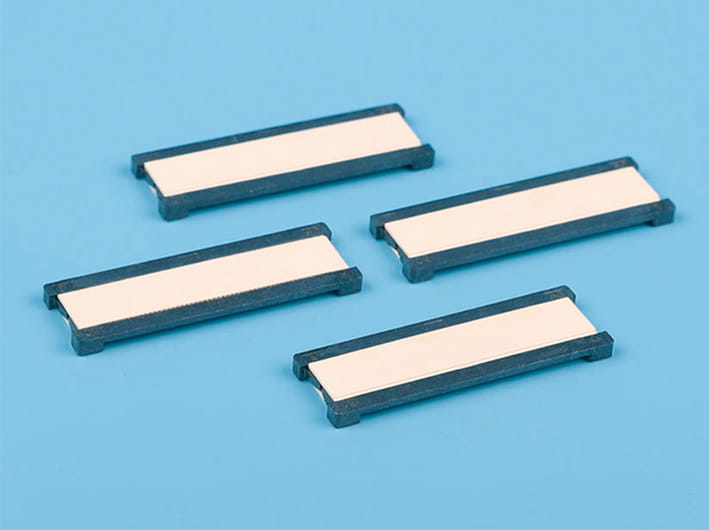Secure Connections Through Anti-Misinsert and Locking Design of Board to Board Power Connector
The reliability of board-to-board connections is critical for stable operation and safety. Accidental misinsertion or unintentional disengagement of connectors can cause intermittent electrical contact, short circuits, or complete system failure. The Board to Board Power Connector is designed with anti-misinsert and anti-disengagement features to address these risks. Understanding the design principles behind these features is essential for engineers and system designers to ensure secure, dependable connections in a wide range of applications.
Anti-Misinsert Design Features
A key element in preventing connection errors is the anti-misinsert design. Many connectors incorporate unique keying, asymmetrical housings, or polarization features that ensure the connector can only be inserted in the correct orientation. These design elements prevent incorrect alignment of pins or terminals, reducing the risk of electrical faults. In addition, color coding, visual guides, and physical indexing can further support proper insertion during assembly, ensuring consistent and reliable connections, especially in complex systems with multiple connectors.
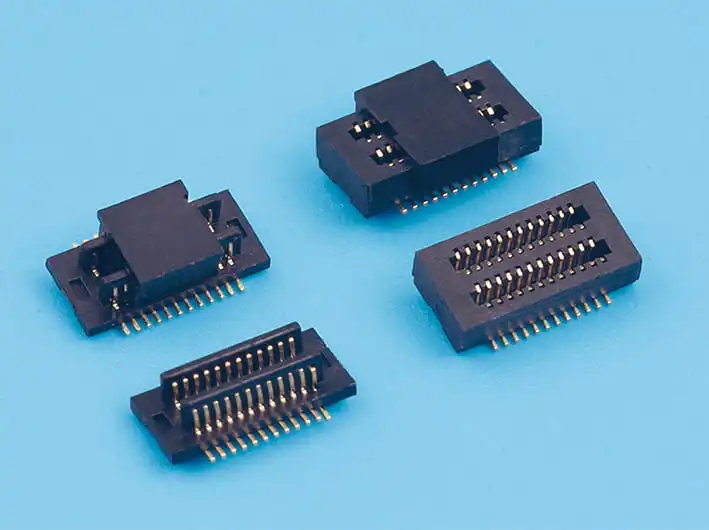
Locking Mechanisms for Secure Engagement
To prevent accidental disengagement, Board to Board Power Connectors include various locking mechanisms. Snap-in latches, friction retention, and secondary locking clips maintain secure mechanical engagement even in environments subjected to vibration, shock, or thermal cycling. These mechanisms ensure that once the connector is mated with the PCB, it remains firmly in place, providing both electrical stability and mechanical reliability. Properly engineered locking features reduce the risk of partial disengagement, which can cause intermittent contact or increased resistance at the terminals.
Importance in High-Stress Applications
In applications such as automotive electronics, industrial machinery, aerospace, or high-power computing systems, connectors are often exposed to continuous vibration, mechanical impact, and thermal expansion. Anti-misinsert and anti-disengagement features are critical in these scenarios. Connectors without these designs are prone to loosening or improper insertion, which could compromise system performance or safety. By using connectors with robust locking and keying mechanisms, engineers can ensure that electrical connections remain stable throughout the operational lifecycle.
Ease of Installation and Maintenance
While security is important, ease of installation and maintenance is also a key consideration. Anti-misinsert features must allow smooth and correct insertion without excessive force, while locking mechanisms should provide tactile feedback to confirm proper engagement. In addition, connectors are designed to be serviceable, enabling safe disconnection when maintenance or replacement is required without damaging the PCB or the connector itself. This balance of security and accessibility ensures reliability while supporting practical assembly and service processes.
Electrical Performance and Reliability
Secure mechanical engagement directly impacts electrical performance. Misaligned or partially engaged connectors can result in high contact resistance, intermittent signal loss, or overheating. By integrating anti-misinsert and anti-disengagement designs, the connector maintains consistent electrical continuity under operational stress. This reliability is crucial for high-current or sensitive applications, ensuring that power delivery and signal integrity remain stable under demanding conditions.
The Board to Board Power Connector’s anti-misinsert and locking features provide robust protection against accidental misalignment and unintended disengagement. Through a combination of keying, latching, and retention mechanisms, these connectors maintain stable electrical and mechanical performance even in harsh environments. By incorporating these design principles, engineers can improve system reliability, reduce maintenance needs, and ensure long-term operational safety. Proper selection and application of connectors with these security features are essential for high-performance electronics and critical power delivery systems.



 English
English 中文简体
中文简体 Español
Español عربى
عربى